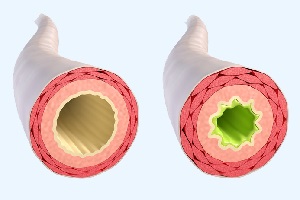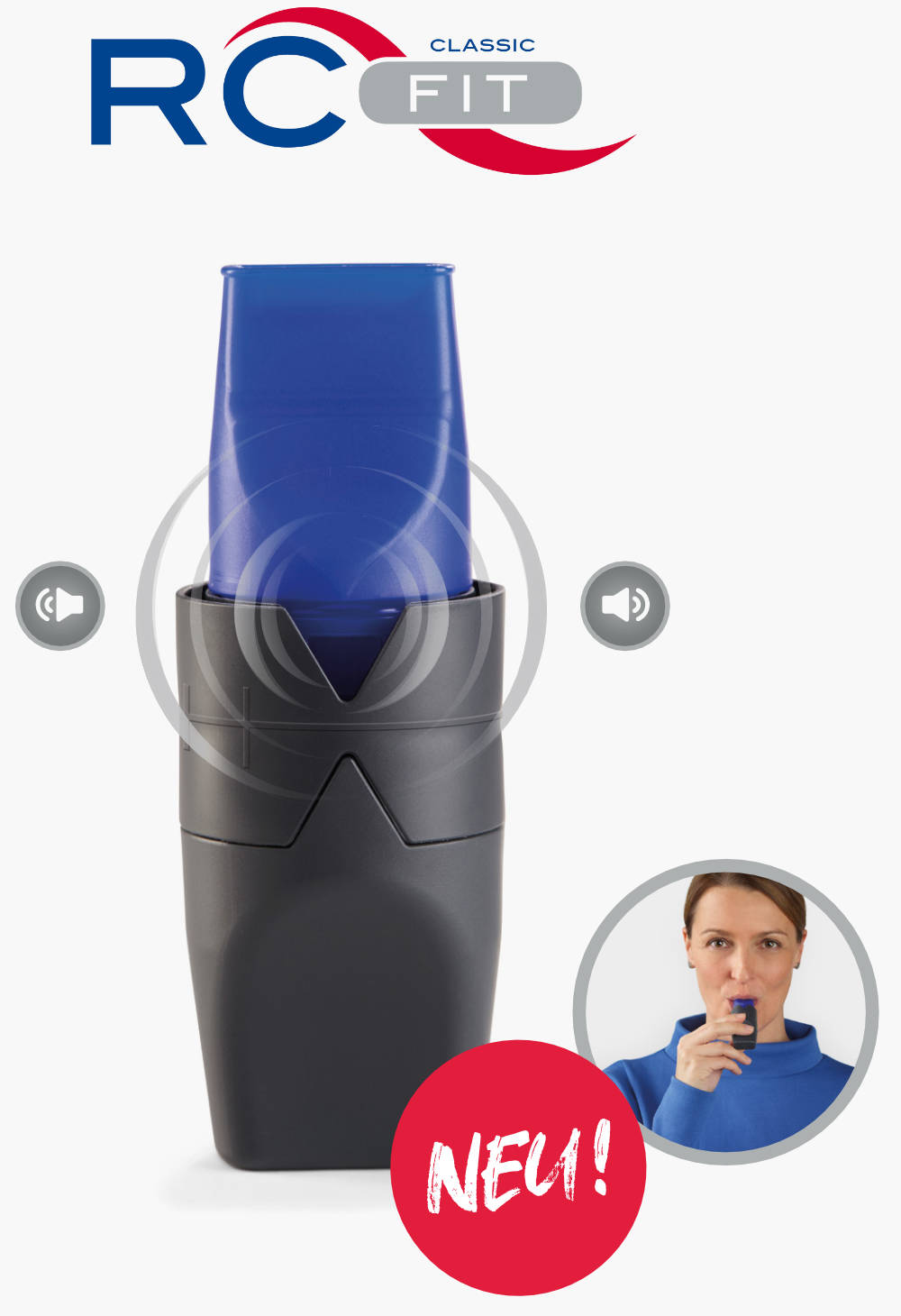Stress-induced asthma
During heavy physical exertion, everyone runs out of breath. Patients with stress-induced asthma, however, suffer from a pathological disorder of the airways that can trigger symptoms such as severe shortness of breath and coughing, even with mild exertion.

What is stress-induced asthma?
Basically, stress-induced asthma (also called exercise-induced asthma) is an outward form of bronchial asthma. This chronic pulmonary disease is characterised by hypersensitive bronchi that react sensitively to external irritants such as allergens, harmful substances, or even exertion.
Stress-induced asthma often occurs in combination with allergic asthma. Children in particular are affected – as a matter of fact, asthma symptoms such as coughing and shortness of breath often appear in children only with physical exertion.
Cold and dry air is often involved in the emergence of stress-induced asthma. Combined with regular sporting activities, this may result in the drying out of the bronchial mucous membranes. Here, the cleansing system of the airways is impaired such that further irritants can trigger increasingly hypersensitive reactions. For this reason, competitive athletes such as runners, skiers, and cyclists, who practice their sports for extended periods in cold environments, are often affected by stress-induced asthma.

Symptoms of stress-induced asthma
An asthmatic attack is accompanied by severe shortness of breath and a dry cough, and usually has a delayed onset, i.e. the symptoms only appear about 5 minutes after the start of the exertion. Peak symptoms occur 5-10 minutes after the end of exertion. Then they subside mostly within a half hour.
In order to identify stress-induced asthma or narrowed airways, the expiratory peak flow is measured using a peak flow meter before physical exertion, and approximately ten minutes after physical exertion. If the peak flow value in the second measurement is lower than the first value, this indicates stress-induced asthma which requires a doctor’s consultation.
RC-FIT® CLASSIC

What can be done for stress-induced asthma?
Patients with stress-induced asthma should not attempt to avoid physical exertion. Studies have shown that abstaining, in particular, from sporting activities can actually worsen the symptoms.
Instead, it is more useful to warm up thoroughly and to increase the level of exertion very carefully. In this manner, the airways are slowly prepared for the exertion and any intense reactions are held at bay.
With stress-induced asthma, it is also important to consider the type of sport that is practised. Sports that are practised in a cold environment are less ideal due to the cooling risk. Jogging – especially in colder seasons – results most frequently in asthmatic attacks. Indoor sports such as swimming or ball sports should be given preference – at least in winter.
Medication-based treatment can also be very helpful for stress-induced asthma: Asthmatic attacks can be prevented with the use of asthma inhalers (metered-dose inhalers) that produce a dilation of the narrowed airways. You should always carry such medication as well as an inhalation device in case of an asthma emergency.
Subscribe to our
BREATHE EASY Newsletter
Tips and information on healthy airways!
- for all who wish to breathe better
- free of charge and convenient e-mails
- compact newsletter once a month
For all those who deal with pneumological topics related to the respiratory tract in a professional context, please find here the subscription to the CEGLA FACHNEWSLETTER.
